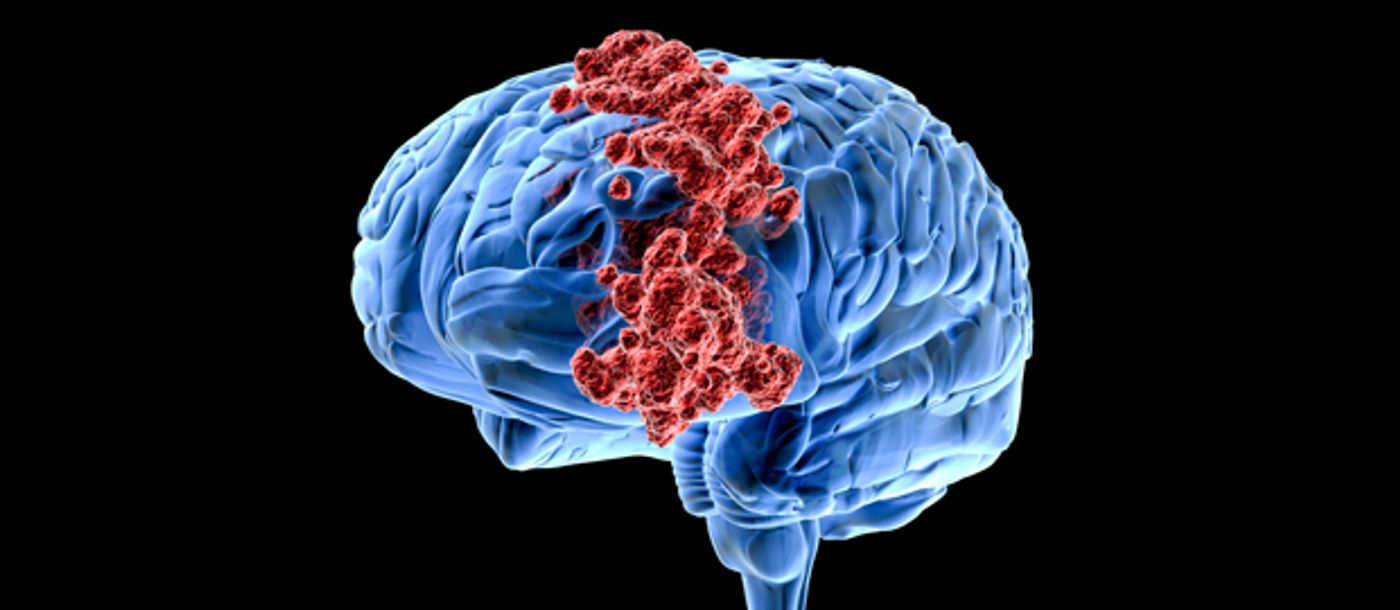An Antibiotic May Stop Growth of Deadly Brain Cancer
Scientists on the quest to offer more hope for glioblastoma patients may have found a way to stop the growth of the deadly brain tumor. The discovery targets the genes that sustain the tumor growth past the early stages with the drug mithramycin, which may be more effective than the current chemotherapy treatments.
Glioblastoma is the most common and deadly form of primary brain cancer. In glioblastoma, malignant glial cells form vast networks of tendrils throughout the brain, making it nearly impossible to surgically remove all the cancerous tissues. Dubbed as the “octopus tumor,” the tumor can evade even the most aggressive surgeries, chemotherapies, and radiotherapies, leaving patients with a five-year survival rate of less than 10 percent. Patients are in desperate need of better alternatives or supplementary treatments to beat this notoriously deadly cancer.
Previous research identified rogue receptor tyrosine kinases (RTK) as the driver for glioblastomas. Because these mutations initiated the tumor growth, drugs that inhibited RTK did not seem to be effective, as most tumors had already progressed to later stages by the time treatment was administered.
“Our work shows that the gene mutations which the pharmaceutical industry and clinicians have been focusing on are essential only for starting tumor growth. Once the tumor has advanced to the stage where patients seek treatment, these mutations are no longer required for continued tumor growth; they are in effect redundant,” said Dr. Robert Bachoo, Associate Professor of Neurology and Neurotherapeutics, Internal Medicine, and with the Annette G. Strauss Center for Neuro-Oncology at UT Southwestern Medical Center, and the study’s co-senior author.
Bachoo and colleagues focused, instead, on the genes and mutation that sustained the tumor growth. They found that three transcription factors, Sox2, Olig2, and Zeb1, were responsible for this part of the tumor maintenance.
“We learned that, instead, it is neurodevelopmental transcription factors (master proteins that regulate the activity of hundreds of genes during normal brain development), which are reactivated to drive the growth of glioblastoma,” said Dr. Kalf Kittler, the study’s co-senior author.
The team then investigated whether a drug can inhibit these transcription factors and reduce tumor growth. In particular, they tested mithramycin, an antibiotic that’s also a potent chemotherapy drug. “We can inhibit these transcription factors and prevent further tumor growth with the chemotherapy drug mithramycin, a drug that has not been in clinical use for years due to its side effects,” said Kittler.
“These findings change our fundamental understanding of the molecular basis of glioblastoma, and how to treat it,” said co-senior author Dr. Robert Bachoo,. “We may have identified a set of critical genes we can target with drugs that are shared across nearly all glioblastomas.”
However, it is important to note that mithramycin is known to cause liver toxicity. The quest to find the safe dose and combination of this drug with other drugs could take several more years.
Additional source: MNT, UT Southwestern









